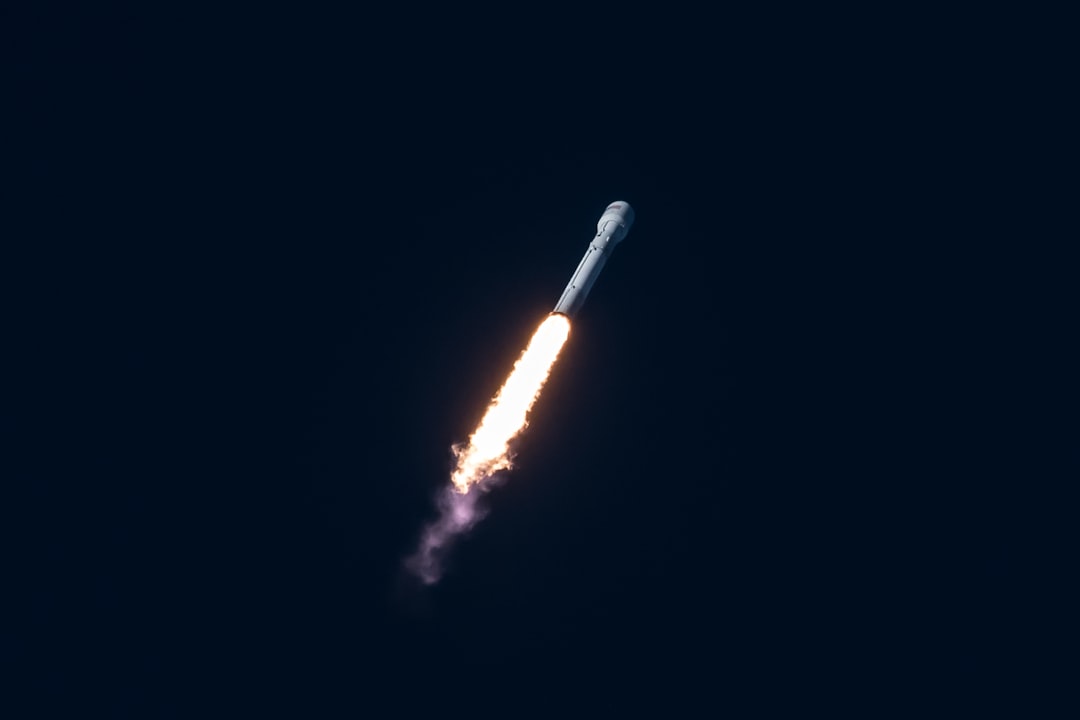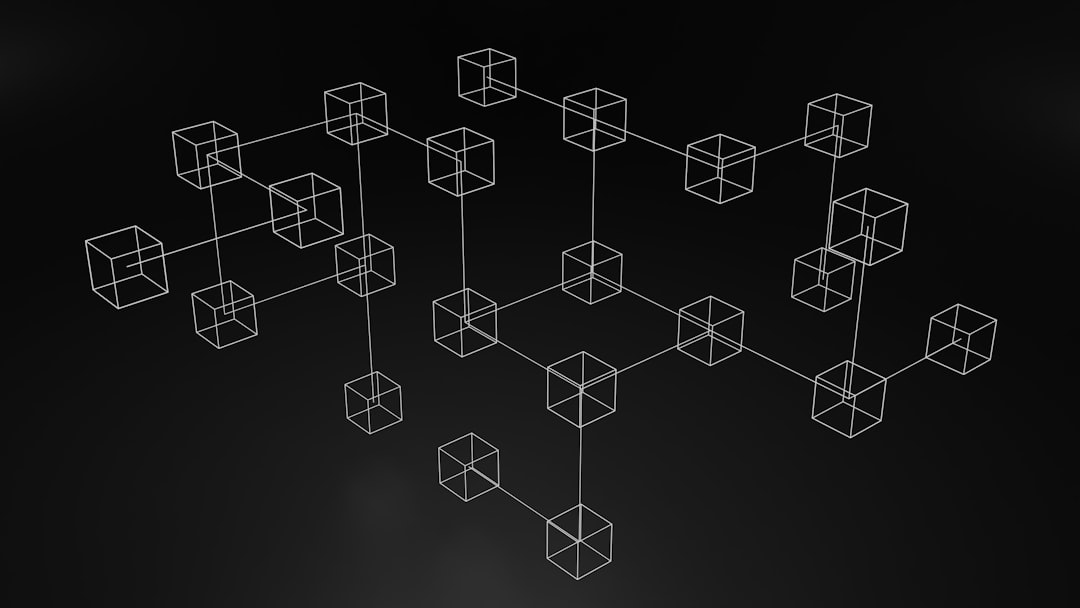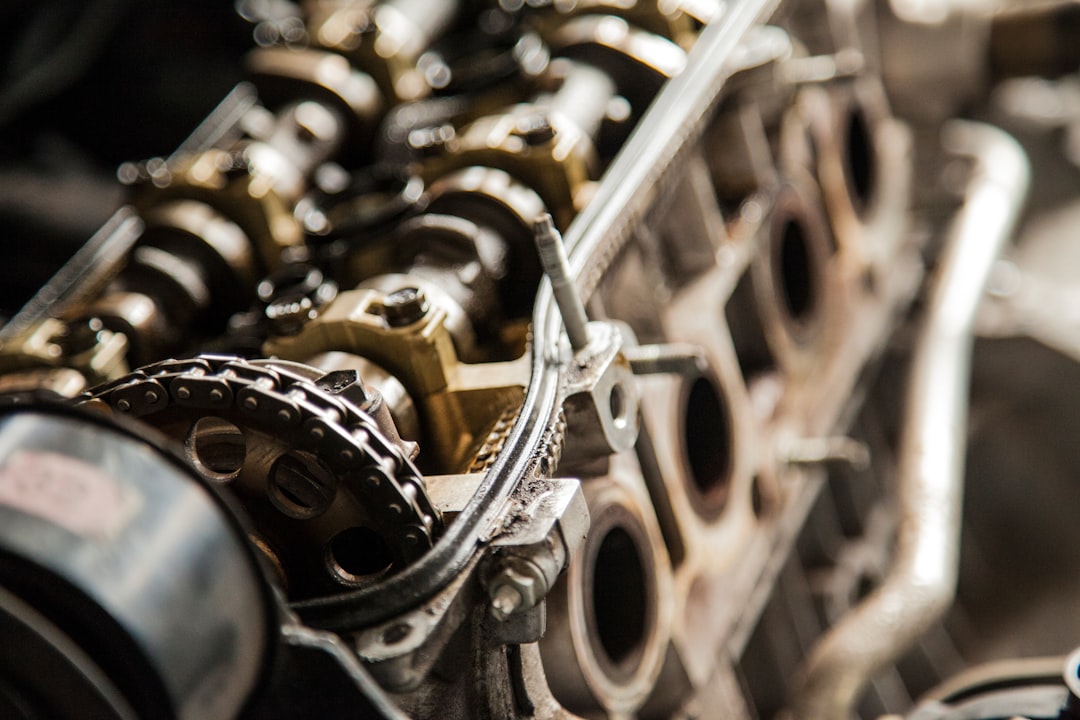What is it about?
The majority of the techniques available to calculate the degradation of PV (photovoltaic) systems by physical inspection on site. This process is time-consuming, costly, and cannot be used for the real-time analysis of degradation. The proposed method estimates the degradation in terms of performance ratio in real-time without any physical inspection.
Featured Image

Photo by American Public Power Association on Unsplash
Why is it important?
Over time, solar cells face damage from weather events, temperature changes, and UV exposure, and inspections are required to maintain cell performance levels and reduce economic losses. Clustering-based computation is novel in its ability to speed up the inspection process, preventing further damage and hastening repairs, by using a performance ratio based on meteorological parameters that include temperature, pressure, wind speed, humidity, sunshine hours, solar power, and even the day of the year. The parameters are easily acquired and assessed, and can be measured from remote locations.
Perspectives
Improving PV cell inspection systems could help inspectors troubleshoot more efficiently and potentially forecast and control for future difficulties. Clustering-based computation is likely to shed light on new ways to manage solar energy systems, optimizing PV yields, and inspiring future technological advancements in the field.
Parveen Bhola
Thapar University
Read the Original
This page is a summary of: Clustering-based computation of degradation rate for photovoltaic systems, Journal of Renewable and Sustainable Energy, January 2019, American Institute of Physics,
DOI: 10.1063/1.5042688.
You can read the full text:
Contributors
The following have contributed to this page










